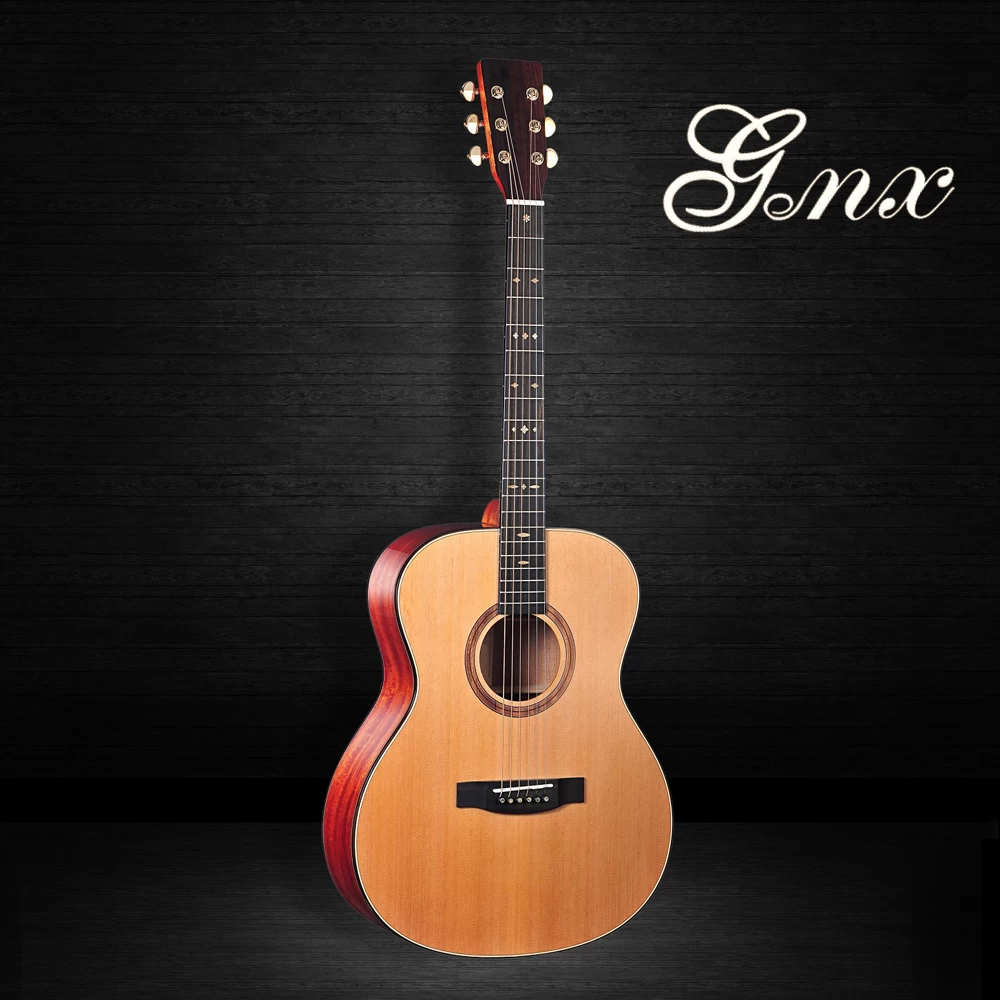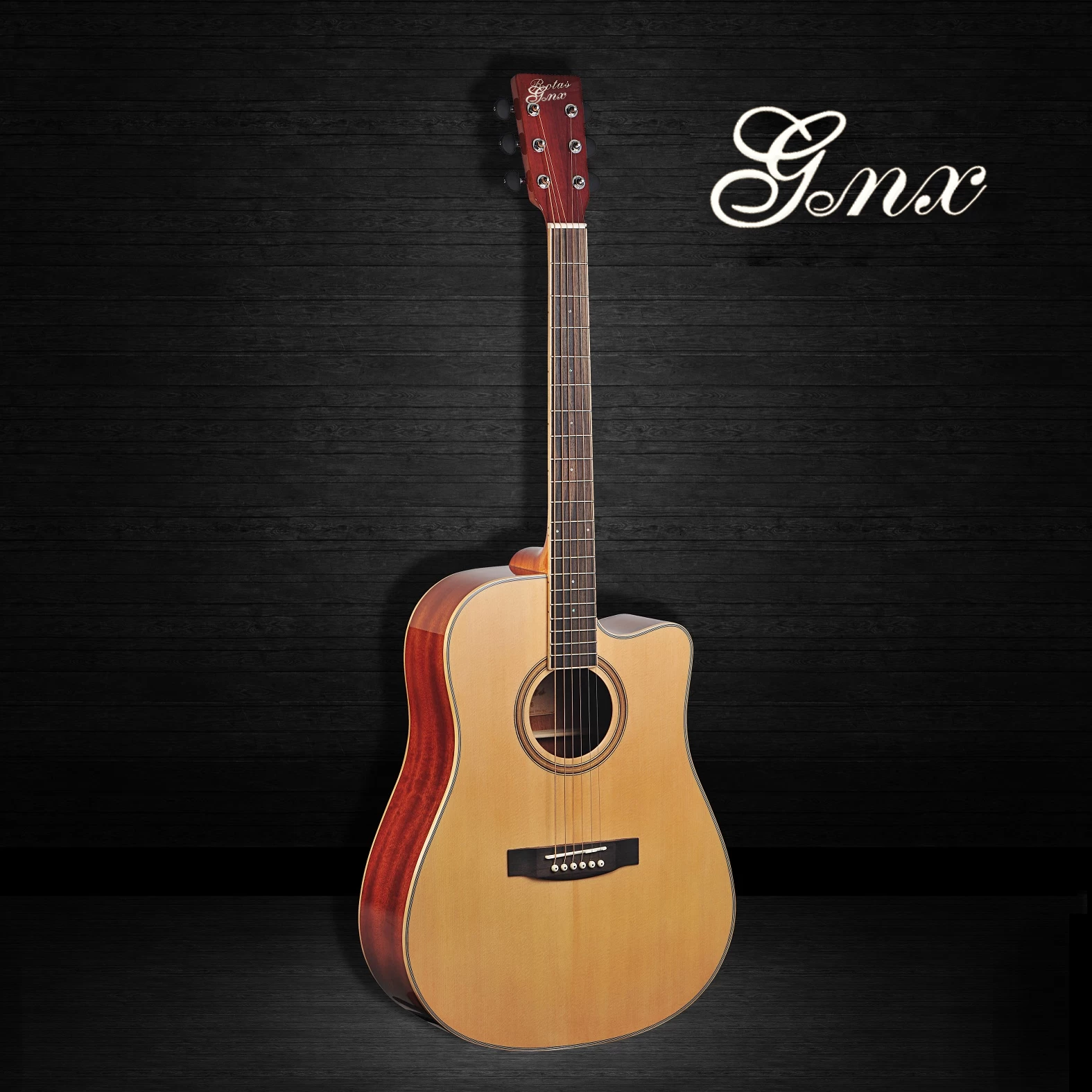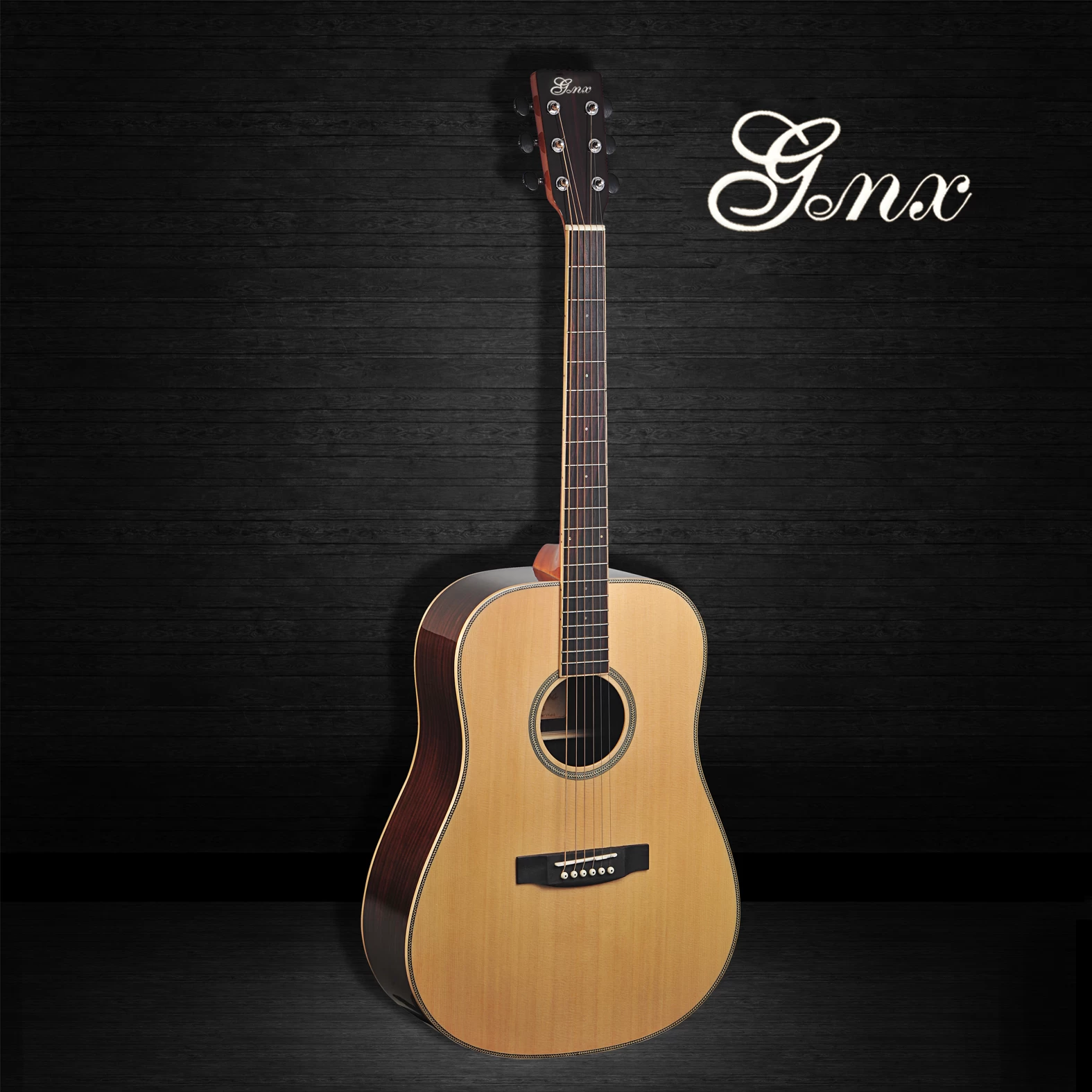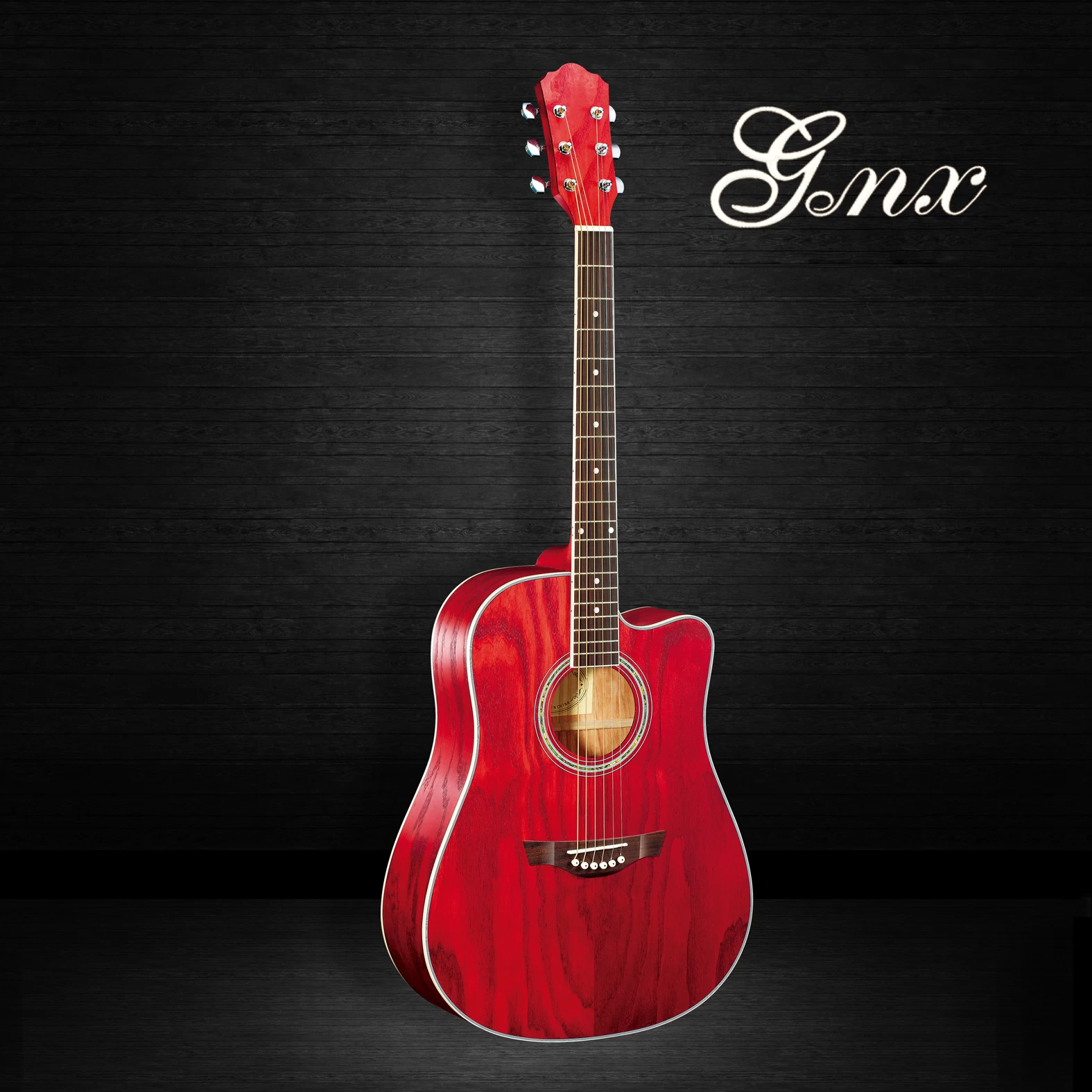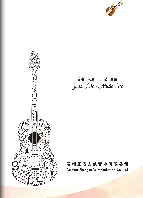GUITAR STRINGS STRUCTURE
2018-05-24 17:38:50
While an acoustic guitar string doesn't need any particular magnetic property and it's usually covered with bronze a highly resonant material (the same bells are made of), bass or guitar strings are made of an internal most of the times hexagonal steel core around which, highly precise CNC machinery wrap different wires of steel or nickel plated steel wire.
The way and the number the wraps are wounded around the core, the section and size of the core, the tension of the wrapping, all this will strongly influence the tone, resistance and the hardness of the string.
The harder the material used the more the brightness and the rough feel on the finger tips and the more fret wear a string will deliver.
There are at least 3 different types of winding used for guitar and bass strings:
Round Wound,
Half Round Wound,
Flat Wound.

Guitar strings structure
From left to right: round wound strings, half round wound strings and flat wound strings.
The difference in the above types of strings consists in the profile (section) of the external winding.
WHAT MAKES A STRING HARDER OR LESS?
As we increase the diameter of a plain string it becomes harder and less flexible. This is why we will never find a wound guitar B string. The maximum will be a G one. An unwound D string would not vibrate properly (too rigid) and would give us the impression to play a steel bar.
At the increase of the diameter and lowering of the note pitch, corresponds the reduction of the internal diameter core and the introduction of external windings.
External windings give us the possibility to increase the diameter, achieve a lower tone still maintaining good flexibility and added brightness. As I said previously, a wound string is made of a internal core over which are wrapped a number of windings.
The result is that it is possible to modify the strings stiffness by varying the internal core diameter and even its section shape (round or hexagonal).
An hexagonal internal core section allows the same diameter of a round one but with less material i.e. more flexibility.
The internal structure of a bass string. Note the exagonal section of the core.
The hexagonal section also adds brightness to the tone due to the empty space between the core itself and the external windings. Same will happen achieving the same gauge by reducing the internal core diameter in favour of the external winding diameter. More brightness is added. This is why round wound strings are brighter and flat wound sound darker.
On the other side a major internal diameter and a reduced external windings diameter will increase stiffness and therefore sustain, volume and durability.
The way and the number the wraps are wounded around the core, the section and size of the core, the tension of the wrapping, all this will strongly influence the tone, resistance and the hardness of the string.
The harder the material used the more the brightness and the rough feel on the finger tips and the more fret wear a string will deliver.
There are at least 3 different types of winding used for guitar and bass strings:
Round Wound,
Half Round Wound,
Flat Wound.

Guitar strings structure
From left to right: round wound strings, half round wound strings and flat wound strings.
The difference in the above types of strings consists in the profile (section) of the external winding.
WHAT MAKES A STRING HARDER OR LESS?
As we increase the diameter of a plain string it becomes harder and less flexible. This is why we will never find a wound guitar B string. The maximum will be a G one. An unwound D string would not vibrate properly (too rigid) and would give us the impression to play a steel bar.
At the increase of the diameter and lowering of the note pitch, corresponds the reduction of the internal diameter core and the introduction of external windings.
External windings give us the possibility to increase the diameter, achieve a lower tone still maintaining good flexibility and added brightness. As I said previously, a wound string is made of a internal core over which are wrapped a number of windings.
The result is that it is possible to modify the strings stiffness by varying the internal core diameter and even its section shape (round or hexagonal).
An hexagonal internal core section allows the same diameter of a round one but with less material i.e. more flexibility.
The internal structure of a bass string. Note the exagonal section of the core.
The hexagonal section also adds brightness to the tone due to the empty space between the core itself and the external windings. Same will happen achieving the same gauge by reducing the internal core diameter in favour of the external winding diameter. More brightness is added. This is why round wound strings are brighter and flat wound sound darker.
On the other side a major internal diameter and a reduced external windings diameter will increase stiffness and therefore sustain, volume and durability.





